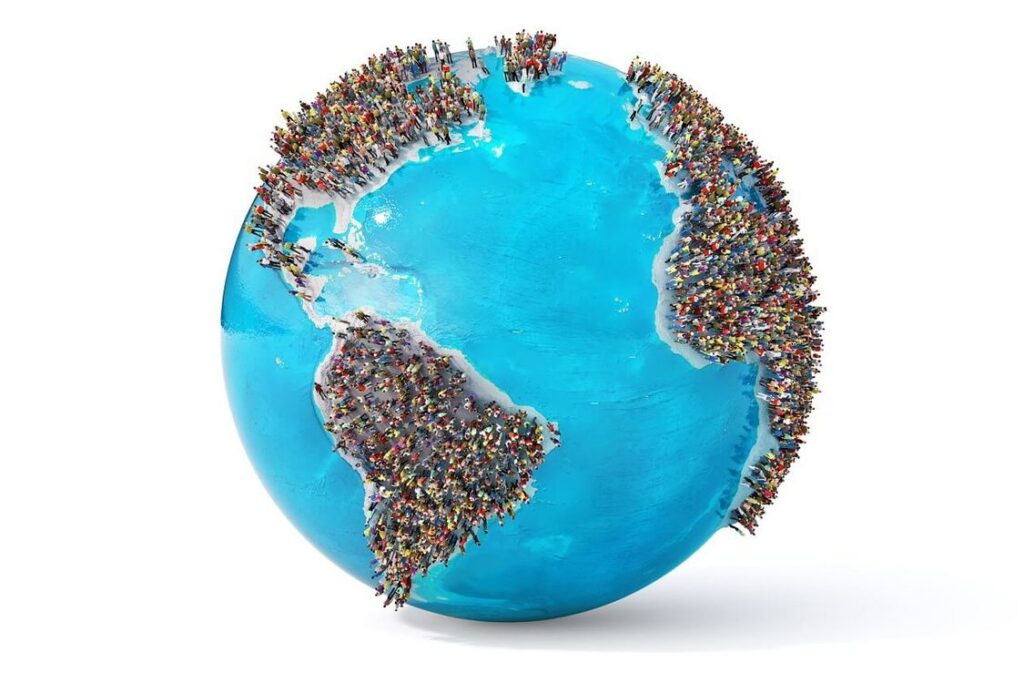
The idea that the living outnumber the dead is way off.
The notion that the living population on Earth currently surpasses the cumulative number of those who have ever lived is a captivating idea, but, as it turns out, it is a misconception. Despite the significant surge in the global population over the last two centuries, fueled by industrialization and advancements in agriculture, the living have not, at any point, outnumbered the dead.

Around the year 1800, a pivotal shift occurred in the availability and accuracy of population data. Wendy Baldwin of the Population Reference Bureau (PRB) noted in a 2012 interview with the BBC that with the advent of written records, censuses, and the initiation of tax collections by countries, a more reliable source of population information emerged. However, the challenge lies in the vast expanse of time before these records were established.
As the first modern humans migrated from Africa approximately 60,000 years ago, the period preceding written records becomes a landscape of estimates. The PRB, in its efforts to shed light on this demographic puzzle, utilized population estimates from different historical and prehistorical eras. Applying an assumed birth rate that adjusted over time to reflect the observed decline in birth rates, they aimed to arrive at a rough estimate of the total number of births.

The PRB’s calculations led to a staggering estimate: around 117 billion births have occurred since the emergence of modern humans in 190,000 BCE. This figure far exceeds the approximately 8 billion individuals currently alive on Earth. To put this into perspective, the PRB highlighted the challenges faced by ancient populations, such as an average life expectancy of only 10 to 12 years in Iron Age France (800 B.C.E. to about 100 C.E.).
“In perspective, a high birth rate today is about 35 to 45 live births per 1,000 population, and it is observed in only some sub-Saharan African countries,” the PRB explained, emphasizing the remarkable contrast between historical birth rates and those of contemporary societies.

While the method employed by the PRB relies on estimates and assumptions, it provides valuable insights into the expansive history of human existence. The challenge of this inquiry lies in the scarcity of detailed records from ancient times, a period when the priorities of societies were focused on survival rather than meticulous record-keeping.
The conclusion drawn by the PRB challenges the prevailing idea that the living have, at some point, outnumbered the dead. Even with potential underestimations due to assumptions of constant population growth in earlier periods, the sheer magnitude of births throughout history stands as a testament to the resilience and adaptability of the human species across the ages.

Leave a Reply